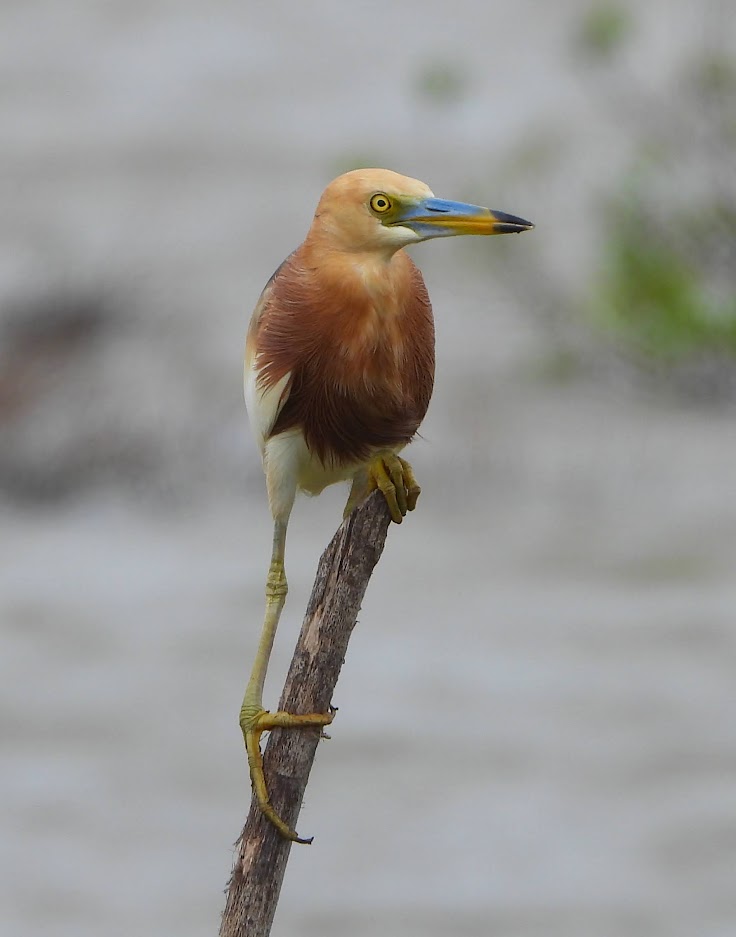
The new salinas in Mbay on the island of Flores in Indonesia are rapidly becoming home to many birds. There are both migratory species and permanent residents.

Drifts of Coxiella snails, a salt lake specialist, accumulate along the edges of ephemeral salt lakes in Southern Australia.
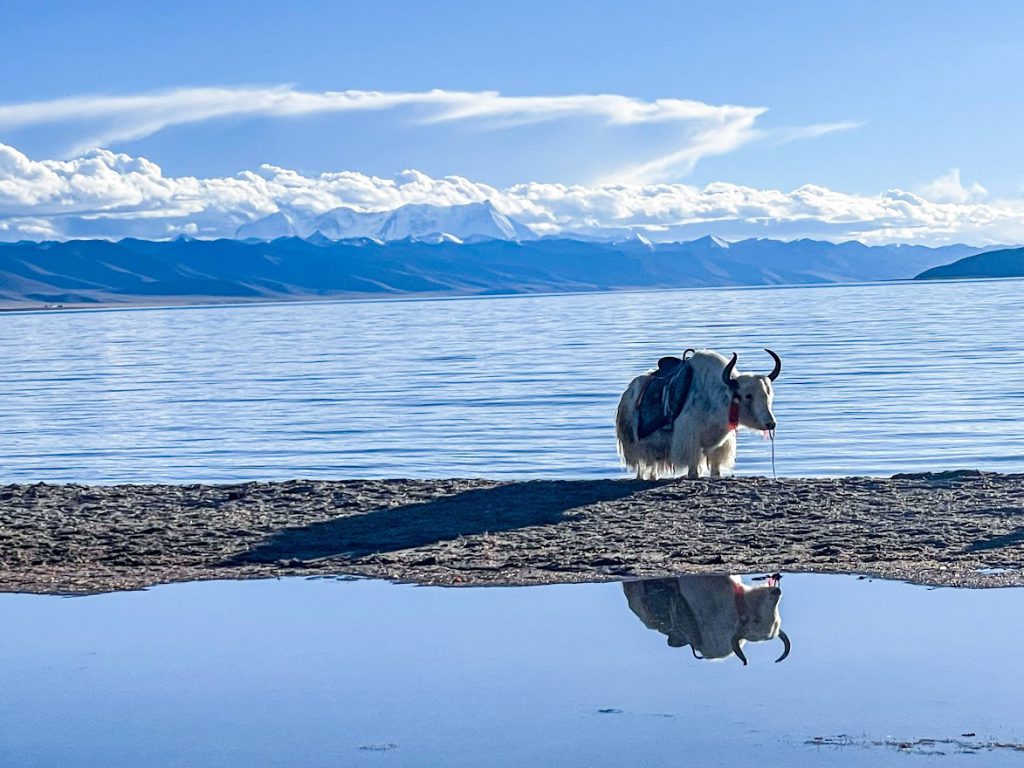
The photograph captures a serene moment by the salt lake of Namtso, located at an altitude of 4,718 meters on the Tibetan plateau, where a white yak gazes at its own reflection in the still water. The title “I Am Not Alone” reflects the quiet connection between the yak and its mirrored image, symbolizing a sense of companionship and harmony with the natural world. The scene evokes feelings of solitude yet peaceful coexistence, reminding us that even in the vastness of nature, such as the pristine environment of Namtso, we are never truly alone.
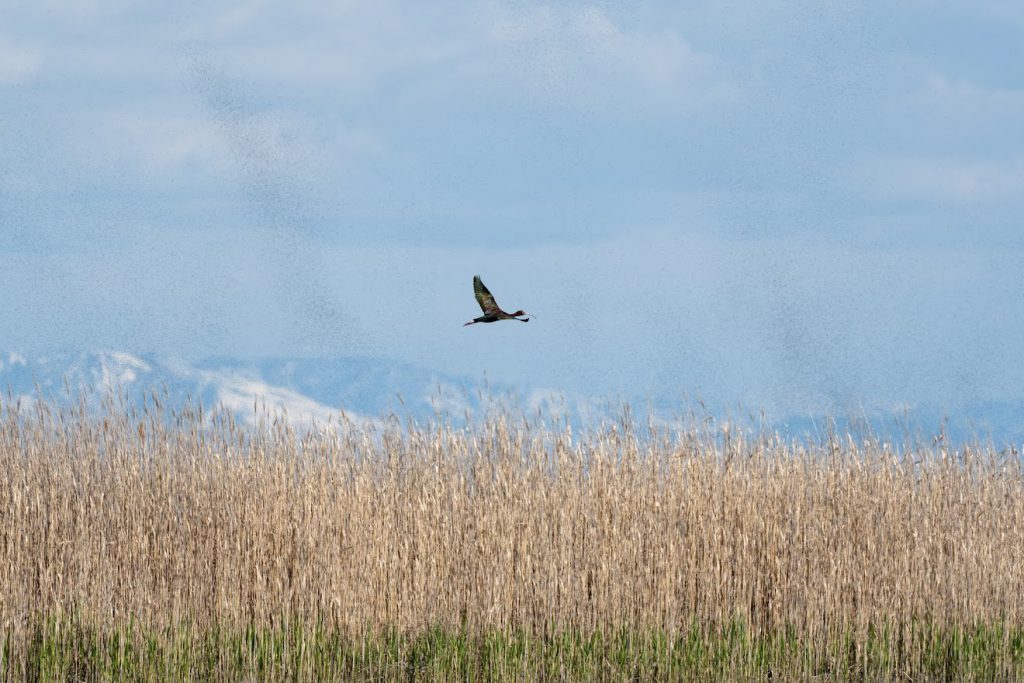
A White Faced Ibis gliding through the bug columns in the Willard Spur, Great Salt Lake, Utah.
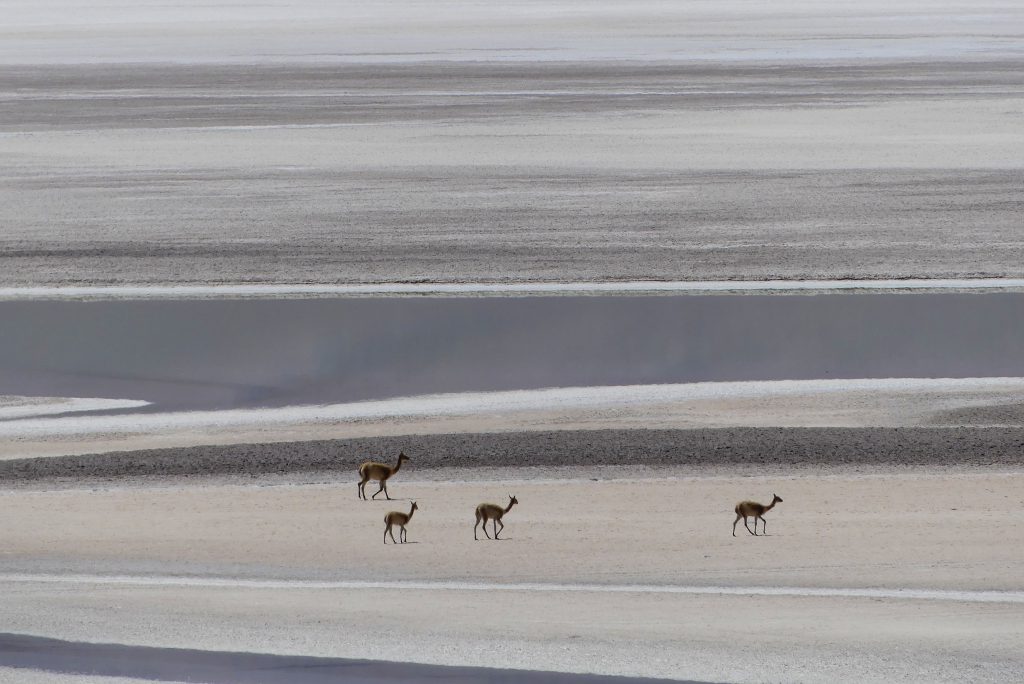
A family of vicuñas (Vicugna vicugna) crosses the vast, saline plains surrounding Salar Aguascalientes, in the Atacama Desert (Chile). Their graceful silhouettes stand out against the stark landscape, embodying the resilience of life in one of the driest and harshest regions on Earth.
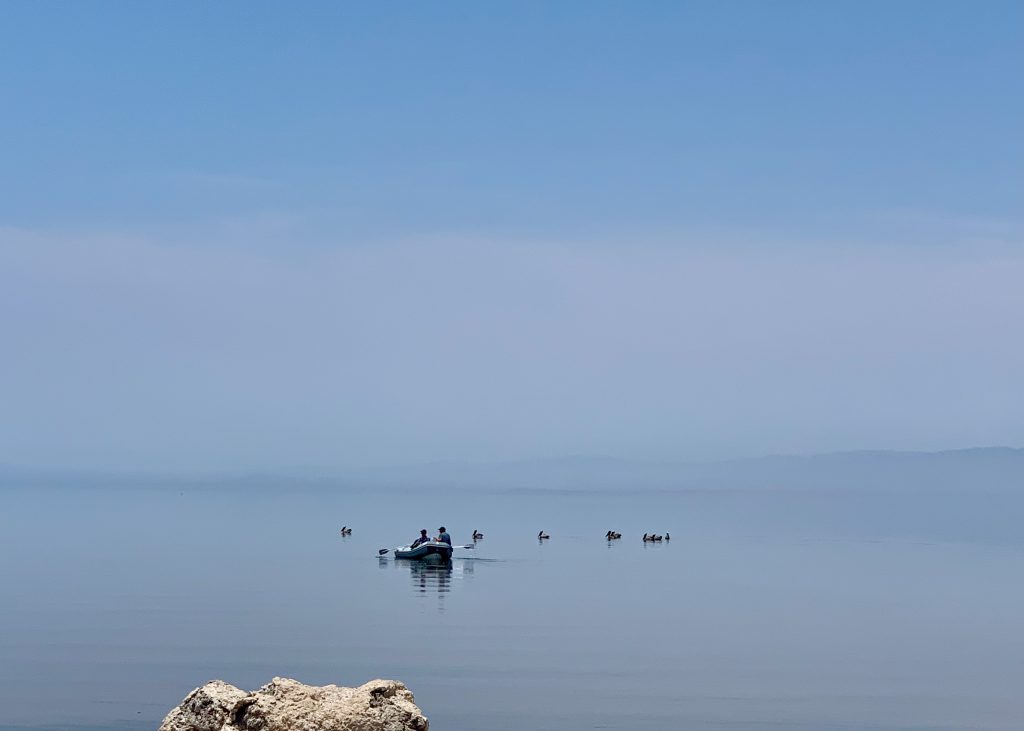
On a sweltering summer day at California’s Salton Sea, this image captures a rare moment of tranquility amidst an arduous field day. An enchanting sight greets two researchers, having just conquered the challenge of launching their zodiac inflatable boat across the mudflats: a flock of geese, their presence a reminder of the Salton Sea’s crucial role as a stopover for migratory birds on the Pacific Flyway. This fleeting encounter with wildlife offers a brief reprieve for the scientists before they embark on another grueling hour-long journey across the flat, sunbaked surface of the lake to collect water samples and pull up sediment cores. It is a reminder of the intersection between human scientific endeavor and the natural world we strive to understand and protect.
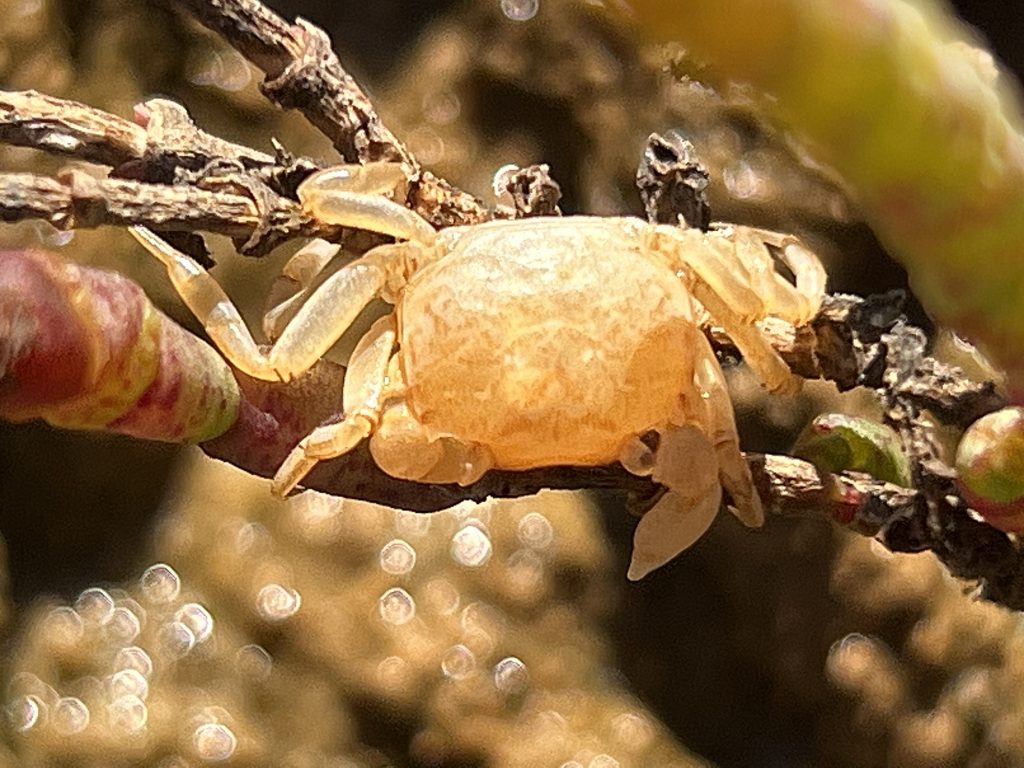
When water levels, temperature and the moon cycle align in coastal lagoons, millions of crabs climb up into the branches of the surrounding samphires, shedding their old exoskeletons and departing soft-shelled, ready to mate for a few days, before their newly exposed shells harden. Their old shells are left clinging to the plants, shadows of the animal that was once there, eventually decaying, rejoining the cycle of organic material within the lagoon.
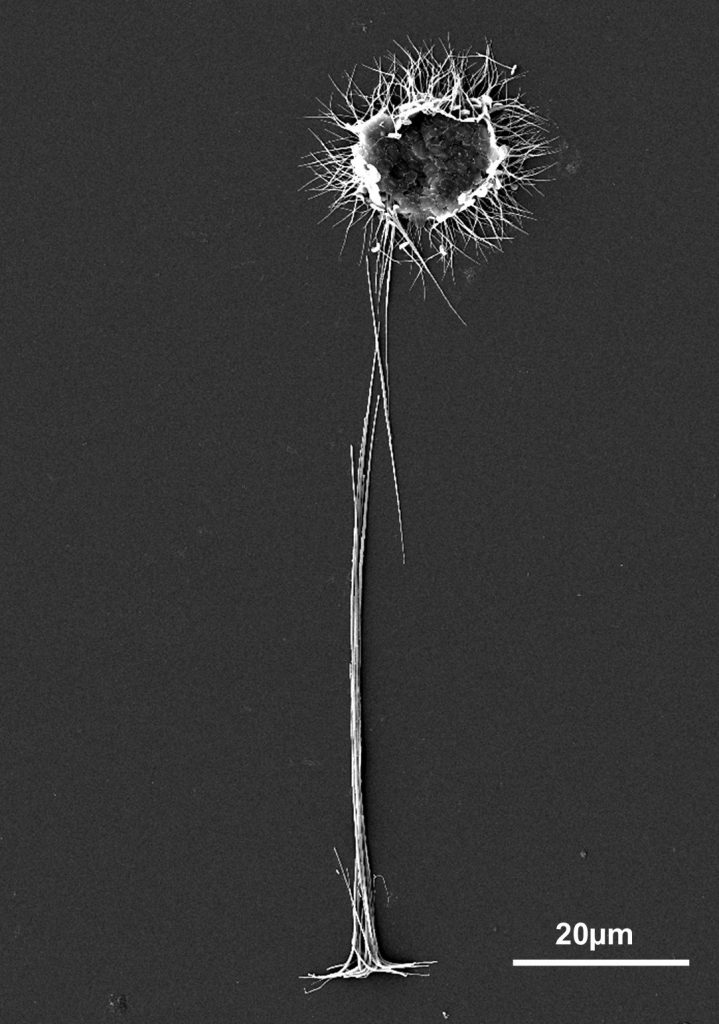
This is a new discovered species Cernunnos arctica (Haptista: Centroplasthelida) from the saline meromcitic lagoon separating from the White sea (Arctic coast of Russia). Discovered centrohelid heliozoans were found in water samples taken from the chemocline at depth of 4.4-4.5 m on the border with the anaerobic zone (the salinity 25.3 ppt and low oxygen concentration). The microphotography was made using scanning electron microscopy.
